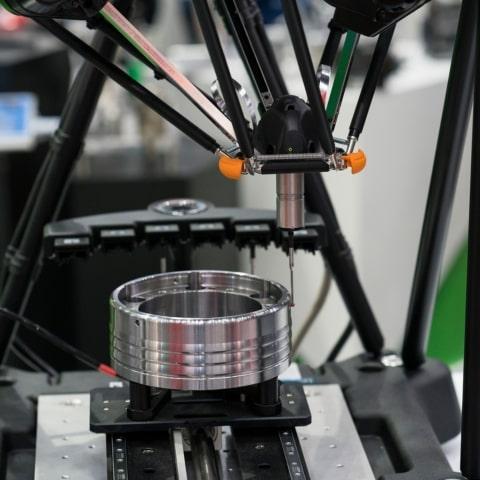The automotive industry is constantly evolving, with manufacturers pushing the boundaries of design, performance, and safety. At the heart of this evolution lies automotive casting, a critical process that shapes the components vital to a vehicle's performance and durability. In this comprehensive guide, we'll delve into the world of automotive casting, exploring its importance, precision techniques, and the casting process.
The Significance of Automotive Casting
Automotive casting is the method of shaping molten metal into intricate components for vehicles. It plays a pivotal role in the manufacturing of essential parts like engine blocks, cylinder heads, transmission cases, and various other critical components. The significance of casting lies in its ability to produce parts with the strength and precision required for today's high-performance vehicles.
Precision in Automotive Casting
-
Pattern and Mold Design: It all begins with a meticulous pattern and mold design. These patterns, usually made of wood or resin, serve as templates for the desired part's shape. The design's precision is crucial as it directly affects the accuracy of the final product.
-
Material Selection: Choosing the right material for the casting is a crucial step. Different metals and alloys, such as aluminum, iron, and steel, offer distinct properties. The choice of material depends on factors like strength, weight, and cost.
-
Melting and Pouring: Precision is also maintained during the melting and pouring stages. The temperature, metal quality, and pouring technique all impact the final part's integrity and properties.
-
Solidification and Cooling: The way molten metal solidifies and cools down is another factor in achieving precision. Controlled cooling ensures that the final part is free from defects and has the desired mechanical properties.
The Automotive Casting Process
-
Pattern Creation: The process begins with the creation of a pattern, which is typically made from wood, plastic, or metal. This pattern represents the final shape of the component to be cast.
-
Mold Making: The pattern is used to create a mold. The mold is typically made of sand, which is packed around the pattern and then removed to leave a cavity that matches the component's shape.
-
Melting and Pouring: The selected metal or alloy is melted in a furnace to a precise temperature and then poured into the mold cavity. This is a critical step where temperature control and pouring techniques are crucial.
-
Cooling and Solidification: As the metal cools and solidifies within the mold, the desired component takes shape. Proper cooling rates are essential to achieve the desired mechanical properties.
-
Casting Removal: After the metal has completely solidified, the mold is removed, and the casting is taken out. This often requires precision tools to ensure the part's integrity.
-
Finishing and Inspection: The casting may undergo post-processing steps like machining, grinding, or heat treatment to achieve the required surface finish and dimensional accuracy. Quality control and inspection ensure that the final product meets the required standards.
In conclusion, automotive casting is an indispensable part of the modern automotive industry. Its precision techniques and meticulous processes result in high-quality components that form the backbone of high-performance vehicles. As the industry continues to evolve, so does the art of automotive casting, making it an exciting field for those interested in manufacturing, engineering, and innovation. Whether you're a manufacturer or a car enthusiast, understanding the intricacies of automotive casting can deepen your appreciation for the vehicles that shape our world.


